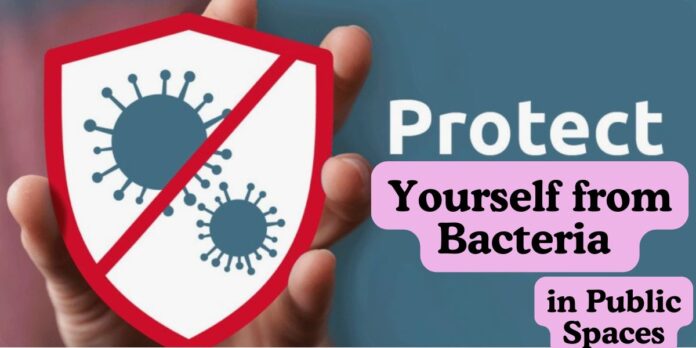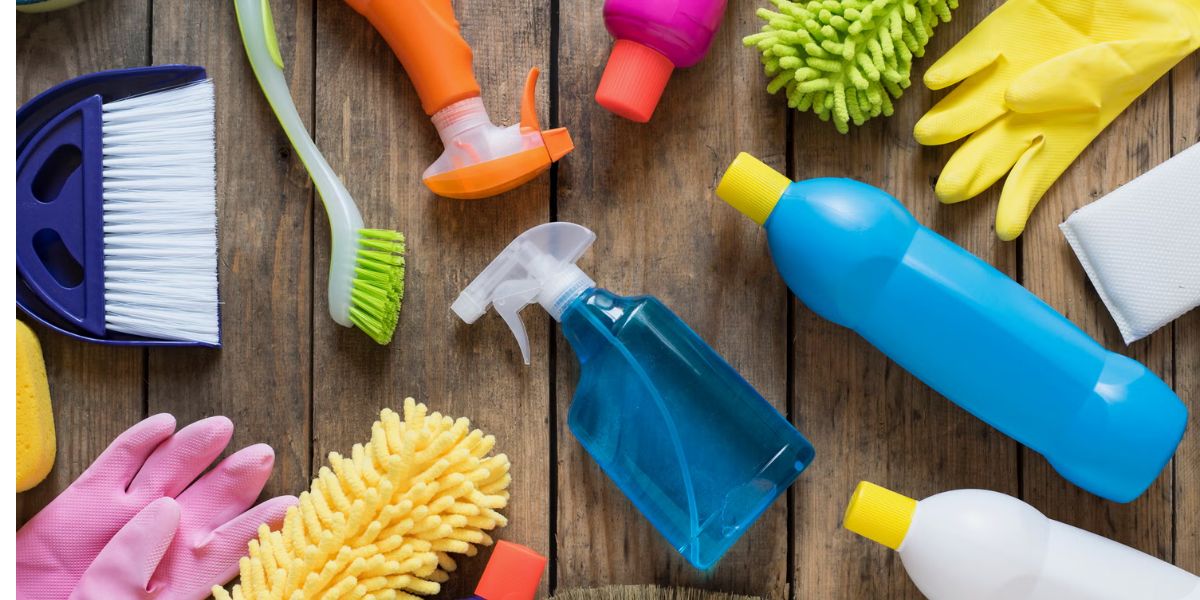In today’s fast-paced world, public spaces are essential for social interaction, commerce, and recreation. However, these environments also come with health risks, particularly concerning bacteria. With the prevalence of germs in places like public transport, restaurants, and restrooms, knowing how to protect yourself from bacteria in public spaces is crucial for maintaining your health. This comprehensive guide will explore effective strategies to minimize your risk of exposure to harmful bacteria and keep you feeling safe and healthy.
Understanding Bacteria in Public Spaces
Bacteria are microscopic organisms that exist all around us. While many types are harmless or even beneficial, some can cause infections, especially when transmitted in crowded places. Public spaces such as shopping malls, airports, and gyms often serve as breeding grounds for bacteria, particularly on high-touch surfaces. Being aware of these environments is the first step in safeguarding your health.
Common High-Risk Areas
- Door Handles: Frequently touched and rarely cleaned, door handles are hotspots for bacteria.
- Elevator Buttons: Shared by many people, these buttons can harbor numerous germs.
- Public Restrooms: The combination of high foot traffic and less-than-ideal cleaning practices makes restrooms a significant risk.
- ATMs and Kiosks: Touchscreens and keypads are often overlooked in terms of cleanliness.
- Gym Equipment: Machines and weights are frequently used and can harbor sweat and bacteria.
Recognizing these high-risk areas allows you to take targeted actions to protect yourself.
Effective Hygiene Practices
Good hygiene is your first line of defense against bacteria in public spaces. Here are several essential hygiene practices to incorporate into your daily routine:
Regular Hand Washing
Frequent hand washing is critical for reducing the risk of bacterial infection. Aim to wash your hands with soap and water for at least 20 seconds, particularly after.
- Using public restrooms
- Touching communal surfaces
- Eating or drinking
If soap and water aren’t available, use an alcohol-based hand sanitizer with at least 60% alcohol. Keeping a small bottle of sanitizer in your bag can make it easier to maintain cleanliness on the go.
Use Disinfecting Wipes
Carrying disinfecting wipes can significantly reduce your risk of coming into contact with bacteria in public spaces. Before you sit down or touch shared items, such as handrails or seats, wipe them down. This simple habit can dramatically lower your exposure to germs.
Avoid Touching Your Face
Bacteria can easily enter your body through your eyes, nose, and mouth. Being mindful of your hands and avoiding touching your face can help you reduce your risk of infection. If you do need to touch your face, ensure your hands are clean first.
Wear Protective Gear
In certain situations, wearing protective gear like gloves or masks can add an extra layer of protection. Masks are especially helpful in crowded environments where social distancing is not possible. Gloves can be useful when touching surfaces that may be contaminated, such as public transport handrails.
Stay Hydrated and Eat Well
A healthy immune system is your best defense against infections. Staying hydrated and consuming a balanced diet rich in vitamins and minerals can strengthen your body’s ability to fight off harmful bacteria. Foods high in vitamin C, such as citrus fruits and leafy greens, can enhance your immune response.
Utilizing Technology for Protection
In today’s tech-savvy world, various technologies can assist you in protecting yourself from bacteria. Here are some tools to consider:
- UV-C Sanitizers: Portable UV-C sanitizers are excellent for disinfecting personal items like phones, keys, and wallets. These devices utilize ultraviolet light to kill bacteria and viruses, providing an extra layer of protection, especially in high-traffic areas.
- Health Apps: Several mobile applications provide alerts about public health issues and bacterial outbreaks in your area. Staying informed through these platforms can help you make safer choices about when and where to go in public spaces.
Mind Your Environment
Being aware of your surroundings can further reduce your risk of exposure to bacteria. Here are a few strategies to consider:
- Choose Less Crowded Times: If possible, plan your outings during off-peak hours. Fewer people in a space typically means a lower risk of encountering harmful bacteria. For instance, shopping early in the morning or late in the evening can help you avoid crowds.
- Use Contactless Payment Options: When making purchases in public spaces, opt for contactless payment methods whenever feasible. This minimizes the need to touch shared surfaces like cash or credit card terminals, thereby lowering your risk of bacterial exposure.
- Keep Your Distance: Maintaining a safe distance from others can significantly reduce your risk of encountering harmful bacteria. Aim to stay at least six feet away from people, especially in crowded areas where close contact is unavoidable.
- Avoid Close Contact: In crowded places, try to avoid close interactions with others. If you can, maintain distance in queues, on public transport, and in waiting areas. Opting for outdoor spaces when possible can also help reduce the risk of exposure.
Educate Yourself
Knowledge is power when it comes to protecting yourself from bacteria. Here are a few ways to educate yourself:
Understand Common Infections
Familiarize yourself with common bacterial infections and their symptoms. Knowing what to look for can help you identify potential issues early and seek medical advice promptly.
Stay Updated on Health Guidelines
Public health organizations regularly update guidelines regarding health and safety practices. Keeping informed through reputable sources can help you stay aware of the latest recommendations for minimizing bacterial exposure.
Attend Workshops or Webinars
Many communities and organizations offer workshops or webinars focused on health and hygiene practices. Attending these can provide valuable information and tips on how to stay safe in public spaces.
Conclusion
Understanding how to protect yourself from bacteria in public spaces is vital for maintaining your health and well-being. By adopting effective hygiene practices, utilizing technology, and being mindful of your environment, you can significantly reduce your risk of exposure to harmful bacteria.
A proactive approach—such as regular hand washing, using disinfecting wipes, and maintaining physical distance—is your best defense against infections. In summary, by recognizing high-risk areas, implementing hygiene practices, and educating yourself about bacteria, you empower yourself to navigate public spaces confidently.
Ultimately, prioritizing your health is crucial. By following these guidelines and remaining vigilant, you can enjoy the benefits of public spaces while minimizing the risk of illness. Whether you are commuting, shopping, or socializing, these strategies will help you protect yourself from bacteria and stay healthy.





